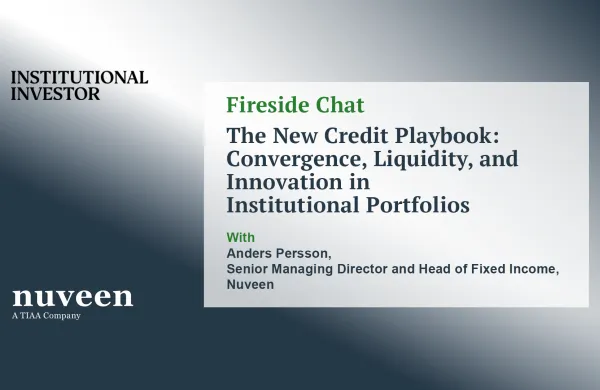In The Logic of Scientific Discovery, Austrian philosopher Karl Popper argued that the only way of truly testing a hypothesis was to form a view and then search for evidence that could empirically falsify the hypothesis, as opposed to looking for evidence to support it. You can never prove something right, but you can certainly prove something wrong.
This means that science can advance by operating under the assumption that the current working hypothesis is correct — and if you continue to accumulate evidence consistent with it and find none that contradicts it, then it may well be. However, true scientific discovery comes by embracing the reality that a piece of conclusive evidence can come along at any time and utterly debunk the prevailing view.
This has a direct application to due diligence in asset management — but let me explain.
Even some of the greatest scientists of all time — such as Nicolaus Copernicus and Isaac Newton, who made enormous contributions to science — were eventually shown to be wrong when elements of their theories were disproven. Copernicus correctly put the sun, instead of Earth, at the center of the solar system, arguing against the previously held geocentric view. And his resulting calculations of planetary motion were more accurate than earlier models, thus disproving them. But those calculations weren’t perfect, either.
Isaac Newton’s application of calculus to the problem showed that these elliptical, not circular, paths required some sort of centripetal force to slightly alter their orbits—hence Newton’s introduction of the law of universal gravitation. Ultimately, even the great polymath’s views were replaced by Albert Einstein’s general theory of relativity, which corrected minute inaccuracies in the Newtonian model owing to the warping of space-time.
In practice, an experimenter begins with an assumption generally believed to be correct. This is called the null hypothesis, and research is conducted to nullify it, or disprove it, in favor of the alternative hypothesis, which offers an alternative explanation. If the research subsequently shows a result inconsistent with the null hypothesis but consistent with the alternative one, logic dictates the latter is a better explanation. That’s how science works.
Unfortunately, searching for contrary evidence is not the way our minds work.
Instead, we form our views and then spend all day gathering as much information that agrees with our view as possible. A fascinating study of this so-called confirmation bias occurred during the 2004 U.S. presidential election.
According to an article published in the Journal of Cognitive Neuroscience, researchers selected participants for the study who reported having strong feelings about the candidates — Republican George W. Bush and Democrat John Kerry. These subjects were presented with a series of apparently conflicting statements, from either candidate or from a politically neutral public figure. They were also given further statements that made the apparent contradiction seem reasonable.
The participants were then asked to decide whether or not they believed the candidates’ positions were inconsistent. Subjects were much more likely to justify an apparent contradiction as defensible for a candidate they supported, while interpreting the exact same statement from the candidate they opposed as contradictory.
Though the degree of political polarization back then appears almost quaint in today’s environment, the results are clearly still relevant to our industry. In investing most allocators have a bias to action. It’s only natural to feel that actively deploying capital and picking investment opportunities is the best way to generate returns for your constituents and earn your keep. Plus, doing something is more engaging and intellectually stimulating than doing nothing.
However, when researching potential asset managers to hire, most people set up the null hypothesis wrong. In conducting due diligence on investment firms, the correct null hypothesis should be that there is no alpha present. In other words, we should assume that any strong past returns are instead the result of luck or unintended factor tilts, unless significant statistical evidence to the contrary can be accumulated.
This means the default assumption should be not to hire the manager, and due diligence should be positioned as the search for evidence to disprove that. That is to say, the search is for a reason to say yes.
On the contrary, most due diligence is performed from the opposite perspective, and the process is essentially built to find a reason to say no. Unfortunately, starting from the null hypothesis that you should invest feeds into the bias to action, which further reinforces the impact of the confirmation bias. Instead of truly looking for something to support a no vote, positive attributes are overweighted — and subjective negative information is often overlooked.
Flipping those assumptions and beginning from a posture of “no” reduces this effect.
At Texas Municipal Retirement System, we see more than 500 private equity fund marketing presentations annually, and commit to only nine or ten funds — just a 2 percent selection rate. Not many funds make it through our funnel, but the ones that do have compelling research that prods us to act, despite my stubborn inclination not to. And though I think the existing evidence is more consistent with the alternative hypothesis that these particular funds will outperform, I continue to search for future performance data that may disprove this view.
That’s how investing should work.







